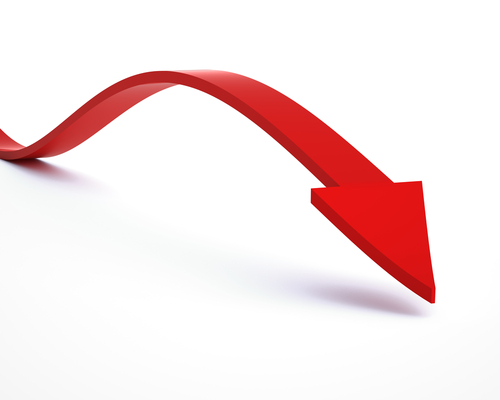The company’s net income fell to $600 million, or $2.33 per share, in the first quarter ended March 31 from $796 million, or $2.99 per share, a year earlier.
Analysts on average expected earnings of $2.85 per share, according to IBES data from Refinitiv. It was not immediately clear whether the numbers were comparable.
National catastrophe losses rose significantly in the first quarter from a year earlier as a string of tornadoes tore through Nashville, Tennessee and surrounding counties early in March and several U.S. regions saw wind storms and winter storms.
Catastrophe losses rose to $333 million in the quarter from $193 million a year earlier.
Travelers, often seen as a bellwether for the insurance sector as it typically reports before its industry peers, also reported pretax net charges of $86 million related to the COVID-19 pandemic and related economic turmoil.
U.S. commercial insurers are facing mounting political pressure to cover claims here from businesses that are losing revenue because of coronavirus shutdowns ordered by state and local governments.
Insurers have begun rejecting claims from restaurants and other businesses affected by the coronavirus crisis as more lawmakers consider forcing them to pay out for the losses.
But they are being pushed to aid businesses that have been shuttered or had their operations curtailed as lawmakers race to combat the spread of the pandemic.
Major U.S. insurers are also offering credit to personal auto and motorcycle policyholders following a decline in driving, as most Americans stay at home under widespread orders to help contain the spread of the novel coronavirus.
Travelers said net written premiums rose 4% to $7.35 billion for the reported quarter.
The company reported a combined ratio of 95.5%, compared with 93.7% a year earlier. A ratio below 100 percent means the insurer earns more in premiums than it pays out in claims.













